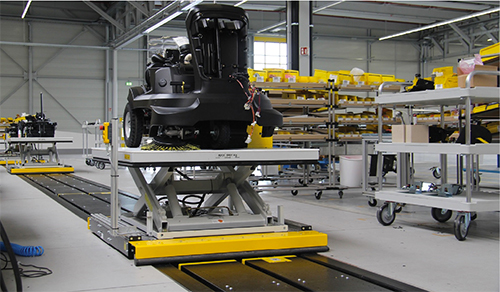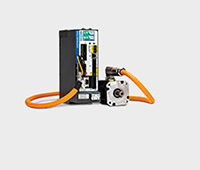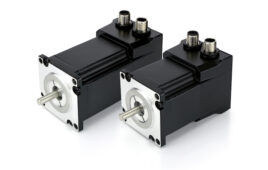 Big data, the Industrial Internet of Things (IoT), autonomous robots, system integration, clouds, virtual systems and more are here, with reinforcements inbound, ready to be integrated into the existing manufacturing infrastructure to maximize its efficiency and create an environment that can handle anything the internet and a demanding world of consumers can throw at it.
Big data, the Industrial Internet of Things (IoT), autonomous robots, system integration, clouds, virtual systems and more are here, with reinforcements inbound, ready to be integrated into the existing manufacturing infrastructure to maximize its efficiency and create an environment that can handle anything the internet and a demanding world of consumers can throw at it.
But many manufacturers feel they are not yet ready for the shift to an integrated manufacturing environment as seen in the Smart Factory sections of the online Industry 4.0 how-to guides.
A 2015 report on Industry 4.0 by the global consulting firm, McKinsey & Company, showed that only 48% of the 300 manufacturing leaders surveyed felt ready for Industry 4.0 changes. Many are skeptical or even unaware of what exactly these changes entail.
One system, if properly used, can help ease some of the uncertainty towards Industry 4.0 prosperity.
Conveyor systems have been the beneficiary of many advances through the years in how they operate. With the drive to implement Industry 4.0 on a worldwide scale comes a need for seemingly limitless conveyor systems that can handle the improvements, and are just as successful today as they will be in the near future when, for example, “Rupert Robot” in Germany notifies administrators in Ohio by text message that line maintenance is needed, and automatically orders replacement parts and boosts production of adjacent lines to avert any production loss.
It behooves both conveyor supplier and conveyor user to design and implement automation systems and layouts with the future in mind, regardless of their current adoption of IIoT concepts.

Decentralized and modular smart controls allow easy system integration with the IIoT and smart components. Conveyor systems and components are increasingly adaptable and modular to extend their usability and life. More low voltage electronic components and systems are taking the place of pneumatics and chains to save costs and provide increased control over conveyor operations. All of this helps further the digitization of industrial operations, while saving administrators from having to re-purchase a conveyor system to do it.
One example is the LOGO!MAT E-CART, an electric, adaptable, self-driven automation system. It includes a “pallet,” or cart, that is an automated and adaptable platform to build upon.

It can precisely operate itself; and various communication, sensor and tracking configurations can be added for the addition of network-enabled IIoT devices for complete control and monitoring of the system. It reduces noise and eliminates pneumatic generation costs.
It is a merging of the qualities of an automated guided vehicle and a conventional roller conveyor to create a conveyance that allows electronic, automated control of an individual work-piece, as well as the entire system. Through simple programming, most functions of the ECART system can be tailored to fit the changing needs of system integrators.
LOGOMAT automation systems Inc.
www.logomat-online.com/us
Filed Under: Conveyors, MOTION CONTROL





Tell Us What You Think!